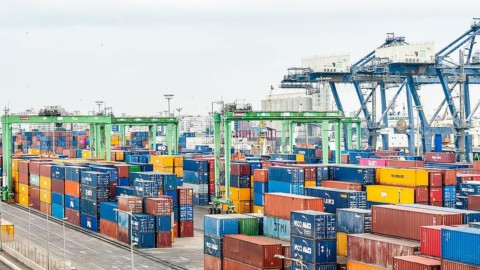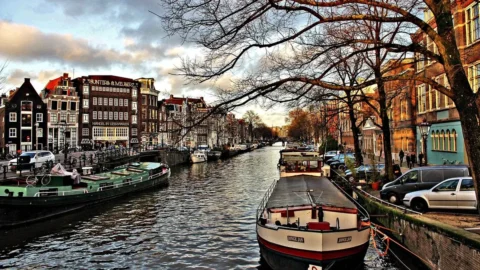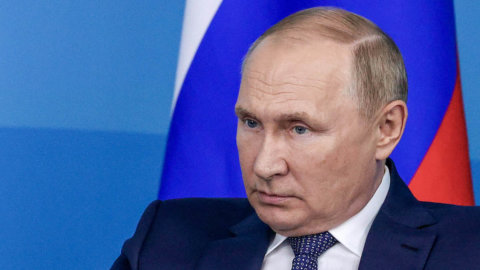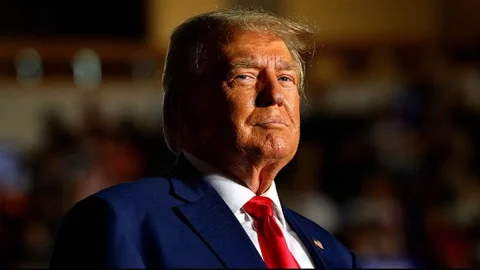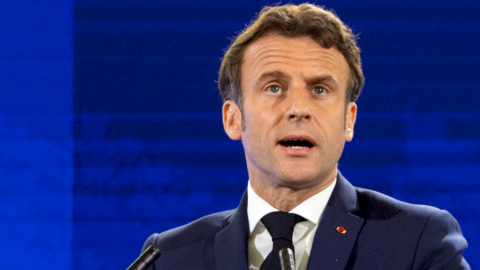What has just ended was a historic weekend for the economies of the East: 15 Asian countries signed a trade agreement that for Japan, South Korea and China alone could be worth an increase in GDP of 200 billion dollars a year year.
Thus was born the Regional Comprehensive Economic Partnership (Rcep), which from the first day of life is reported as "the largest trading bloc in the world"(the definition is of Bloomberg).
But the 15-member agreement – which will enter into force only when all the countries have ratified it – does not only have an economic value. On the contrary, the political weight of the new covenant is perhaps even more significant. With the inter-Asia trade deal, the continent increases its autonomy from the United States (as well as from Europe) and puts its technological leadership to good use, aiming to lead the global recovery after the pandemic.
WHO IS PART OF THE AGREEMENT
In detail, the RCEP involves the ten members of the Association of Southeast Asian Nations (ASEAN):
- Brunei
- Cambodia
- Indonesia
- Laos.
- Malaysia
- Myanmar
- Philippines
- Singapore
- Thailand
- Vietnam
To these, there are five other much more important economies (two of which, in truth, are not part of the Asian continent, but of Oceania, therefore it is more correct to speak of the Asia-Pacific area):
- China
- Japan
- South Korea
- Australia
- New Zealand
The great absentee is India, which stepped aside in 2019 for fears of seeing its trade deficit with China widen dramatically. But that doesn't mean that New Delhi won't think again in the future.
In any case, already so in the new trading area lives nearly a third of the world's population (2,2 billion people), which produces an equally large chunk of global wealth ($26.200 trillion a year).
According to the economists cited by the Financial Times, the trade agreement could increase world GDP by 186 billion dollars, with an average positive effect of 0,2% for the economies of the 15 countries in the area.
THE CONTENTS OF THE AGREEMENT
As for the contents of the agreement, the financial daily indicates two particularly important points:
- each product manufactured under the RCEP can be exported without distinction to all 15 member countries (now this is not the case: an Indonesian bicycle must have different characteristics to be sold in Japan or South Korea);
- trade relations between China, Japan and South Korea will be regulated for the first time by a free trade agreement, which the three countries could hardly have reached on their own.
Duties are not completely abolished, but only 90%. Furthermore, according to some analysts, the agreement lacks courageous openings on agriculture and e-commerce, while the agreements in the services sector are incomplete.
In fact, the Rcep focuses on other chapters: trade in goods (especially electronic goods), investments, intellectual property and public procurement.

